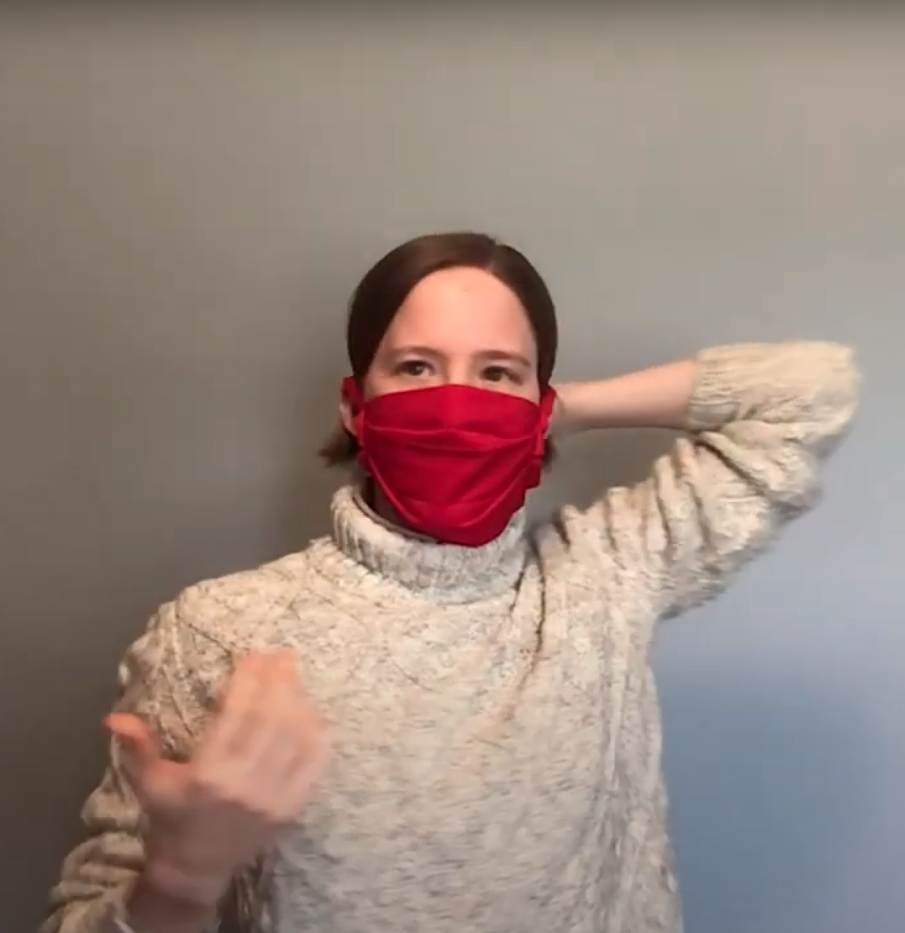DIY personal protective equipment, Part 3
 Processing Request
Processing Request
By Crystal Valentine
Face Masks for Personal Use
In an earlier blog post we explored sewing face masks to donate to health-care workers.
Now, since the CDC issued guidelines recommending the wearing of “cloth face coverings in public settings where other social distancing measures are difficult to maintain (e.g., grocery stores and pharmacies),” this post will focus on sewing masks for personal use. A quick internet search brings up dozens of different face mask patterns and video tutorials, to the point that it can be bewildering to choose among all the different options. This post is intended to guide you through the different choices to be made to settle on a pattern that works for you.
Masks are best made from tightly-woven 100 percent cotton fabric. If you do not happen to have such fabric on hand, a woven shirt or pillowcase can be repurposed to make a mask. It is best to prewash the fabric before making the mask.
First decision in pattern selection: pleated or shaped? Pleated masks are generally used by health-care workers since they're more of a one-size-fits-all design. The pleats allow the mask to shape itself to the contours of the wearer’s face. Fitted masks, on the other hand, are only comfortable if they fit the particular face of their wearer. In testing different patterns. it took me several tries to find one that fit my face comfortably and provided a secure fit. The video below shows pleated vs. fitted masks.
Next decision: how the mask is held in place. The two main options are ties or elastic. Many people find elastic more comfortable and easier to manage than ties, but elastic is only an option if you happen to have elastic available. Ties, on the other hand, can be made out of folded fabric strips, ribbons, string or any number of materials. The video below shows a few different options.
In addition, masks can be fitted with wires to allow them to be shaped to the nose and/or pockets for inserting filtration material. Nose wires require a source of wire. If no wire is available, twist-ties or sections of pipe cleaner can be used, although it is important to consider how well these materials will survive the washing machine. A pocket is only useful if there is something to put in it that provides better filtration than fabric. There is a considerable amount of speculation and opinions available on this, with suggestions ranging from nonfusible interfacing to vacuum cleaner bags. Those interested are advised to do careful research. The video below shows masks with nose wire and pocket options.
It's also possible to make no-sew masks and masks that don't require a sewing machine. A blog post discussing some of these options will be posted soon.
See also:
DIY personal protective equipment, Part 1, with an updated list of local organizations accepting homemade face masks and links to several patterns
DIY personal protective equipment, Part 2, on 3-D printed PPE options
Crystal Valentine works in the Fond du Lac Public Library’s Idea Studio.

